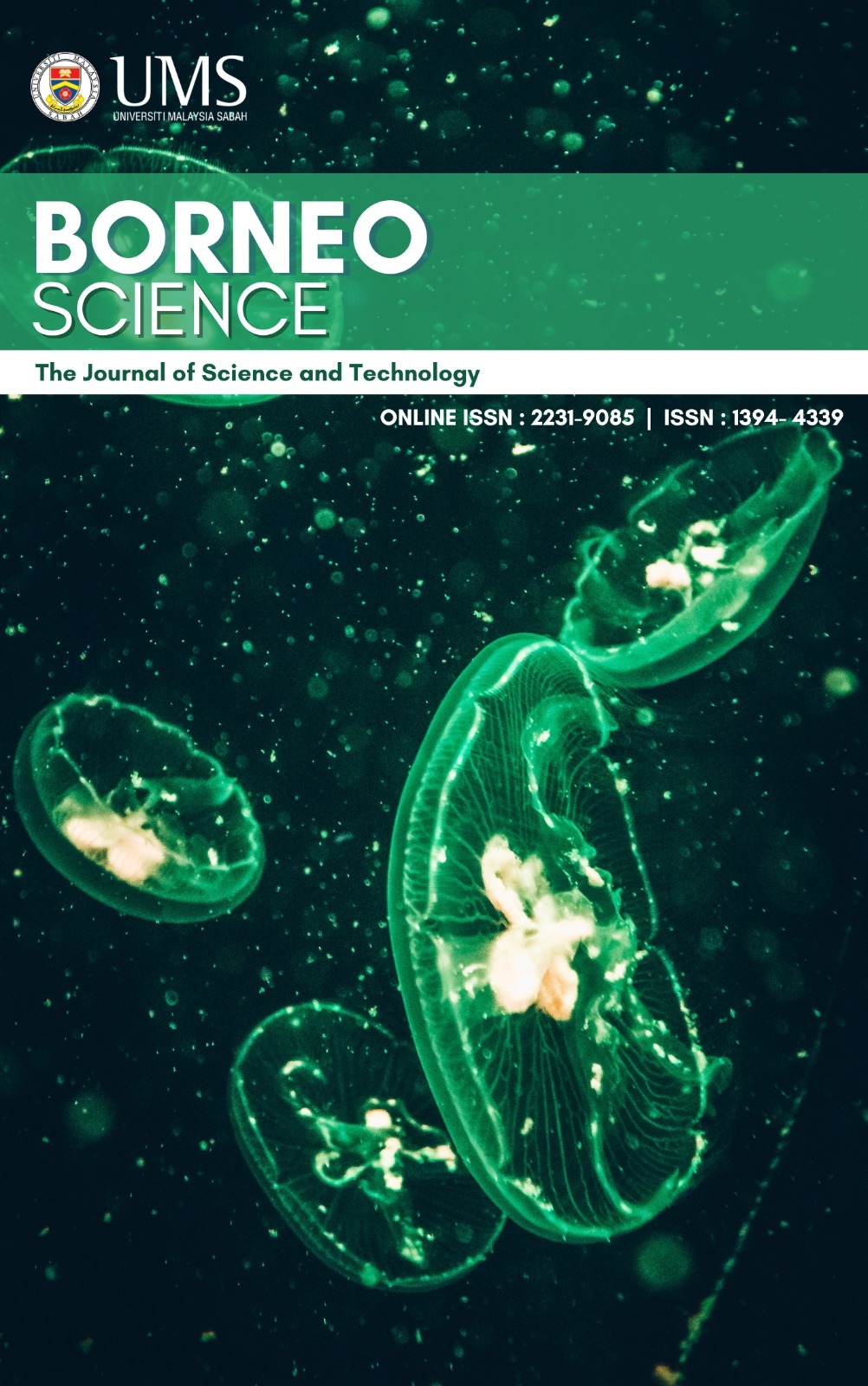TOURIST SATISFACTION AT NATURE-BASED TOURISM DESTINATION AROUND KOTA KINABALU, SABAH
DOI:
https://doi.org/10.51200/bsj.v41i2.4449Keywords:
Tourist Satisfaction, Nature-Based TourismAbstract
Kota Kinabalu, Sabah has been famed as Nature Resort City where nature-based destinations in and around the city have been the major tourist attractions. Nonetheless, the question whether the visitors are satisfied with their experience at the major nature-based tourism destination or otherwise is still vague. The purpose of this study is to understand the recreational experience and satisfaction of tourist in selected nature-based tourism sites in Kota Kinabalu, Sabah. A mixedmethod approach incorporating quantitative data derived using Driver’s Recreation Experience Preference Scale, and qualitative data using Herzberg’s Critical Incident Technique were deployed. The sampling technique used in this study was purposive non-probability sampling with the participation of 240 tourists. Factor analysis was run on the quantitative dataset to derive the major outcome which is the set of profile on tourist recreational experience. While content analysis was conducted on the qualitative dataset to derive explanation for tourist satisfaction/dissatisfaction. Triangulation between the two types of datasets strengthens the major finding which is the tourist satisfaction in nature-based tourism destination around Kota Kinabalu, Sabah. The finding of this study is crucial for satisfaction enhancement and critical for identification of areas to be improved, subsequently solutions to be recommended.
References
Ceballos-Lascurain, H. 1996. Tourism, Eco-Tourism and Protected Areas. IUCN. The World Conservation Union. Gland, Switzerland.
Chan, J.K.L. (2006). Herzberg’s Dual Factor Theory to Tourism Experiences: Satisfiers and Dissatisfiers. Asia-Euro Tourism, Culture and Gastronomy Conference 2006: West meets East: A Recipe of Success in this Era of Globalization? 9-10 November 2006, Taylors College, School of Hospitality and Tourism, Petaling Jaya, Malaysia.
Chan, J.K.L., and Baum, T. (2007). Ecotourists’ Perception of Ecotourism Experience in Lower Kinabatangan, Sabah, Malaysia. Journal of Sustainable Tourism, Vol 5 Issue 15, 2007.
Coakes, S.J. and Steed, L. (2007) SPSS: Analysis without Anguish Using SPSS Version 14.0 for Windows . Australia: John Wiley & Sons Australia, Ltd.
Dodds, R. and Butler, R. (2010). Barriers to implementing sustainable tourism policy in mass tourism destination. Tourismos, Vol.5, No.1, pp.35-54.
Driver, B.L., Tinsley, H.E.A., and Manfredo, M.J. (1991). The Paragraph About Leisure and Recreation Experience Preference Scales: Results from Two Inventories Designed to Assess the Breadth of the Perceived Psychological Benefits. In B.L.
Driver P.J. Brown, and G.L. Peterson (Eds), Benefits of Leisure (pp.263-286). State College, PA: Venture Publishing.
Herzberg, F. (1972). Work and the nature of man. Cleveland, OH: World Publishing.
Patton, M.Q. (2002) Qualitative Research and Evaluation Methods. Thousand Oaks, CA: Sage. Pearce, P.L. (2005). Tourist Behavior: Themes and Conceptual Schemes. Viva Books Private Limited, Ansari Road, New Delhi.
Pine, B.J. & Gilmore, J.H. 1999. The Experience Economy: Work is Theatre and Every Business A Stage. Boston, Massachussets, Harvard Business School Press.
Talib, H. (2011). Tropical forest recreation: Visitors’ experience and satisfaction in Kinabalu Park, Sabah. Universiti Malaysia Sabah.






